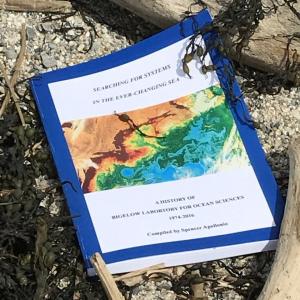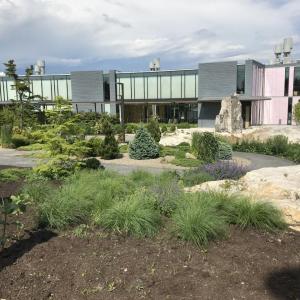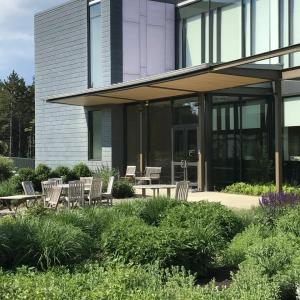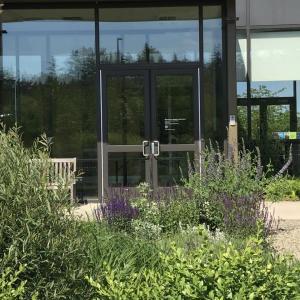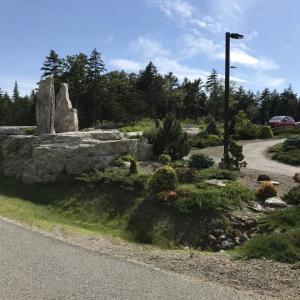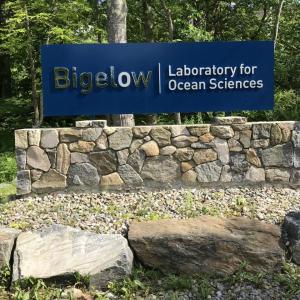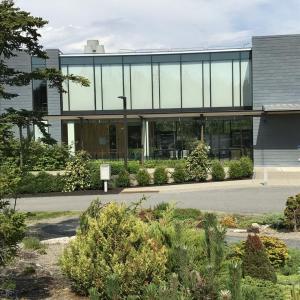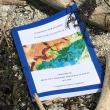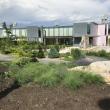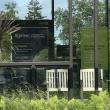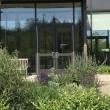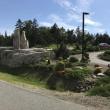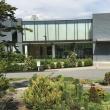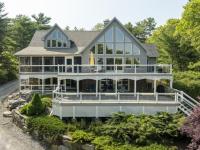A History of Bigelow Laboratory for Ocean Sciences
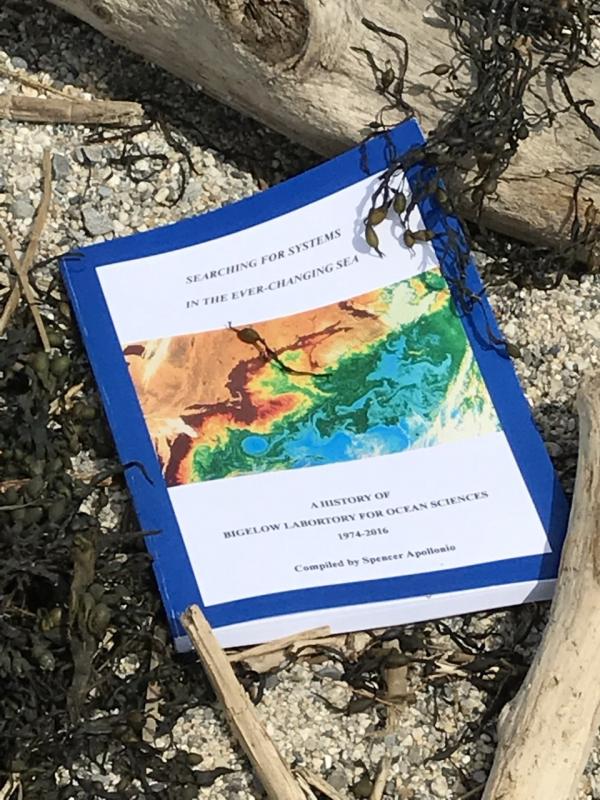 "Searching for Systems in the Ever-Changing Sea, A History of Bigelow Laboratory for Ocean Sciences," compiled by Spencer Apollonio.
"Searching for Systems in the Ever-Changing Sea, A History of Bigelow Laboratory for Ocean Sciences," compiled by Spencer Apollonio.
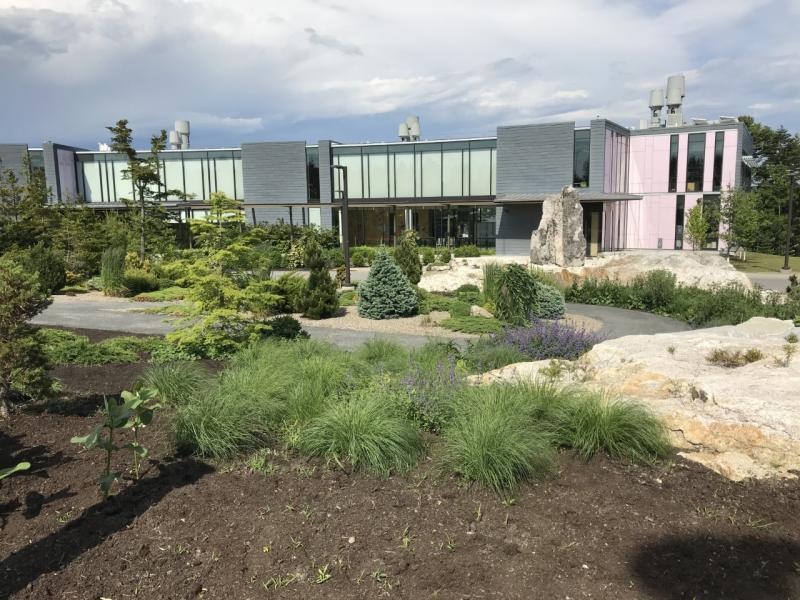 Bigelow Laboratory for Ocean Sciences in East Boothbay. KELLIE BIGOS/Boothbay Register
Bigelow Laboratory for Ocean Sciences in East Boothbay. KELLIE BIGOS/Boothbay Register
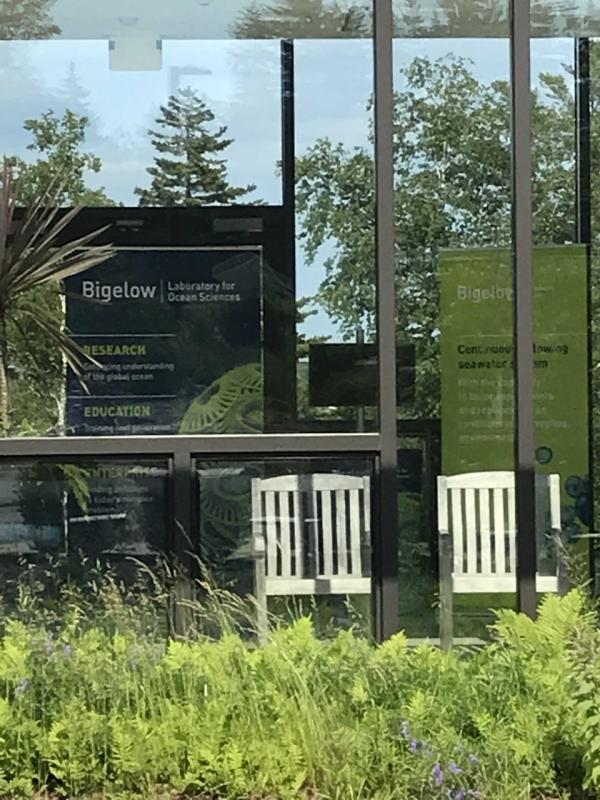 Main entrance to Bigelow Laboratory. KELLIE BIGOS/Boothbay Register
Main entrance to Bigelow Laboratory. KELLIE BIGOS/Boothbay Register
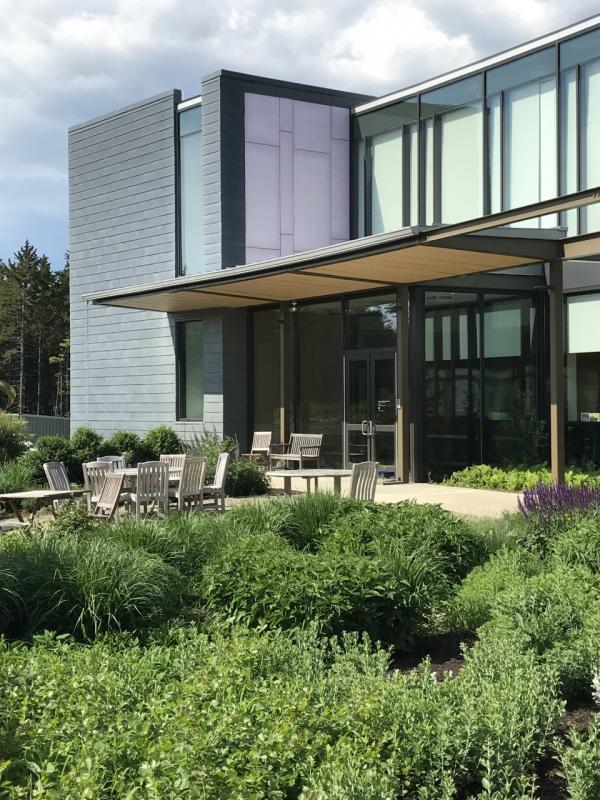 Bigelow Laboratory's north wing. KELLIE BIGOS/Boothbay Register
Bigelow Laboratory's north wing. KELLIE BIGOS/Boothbay Register
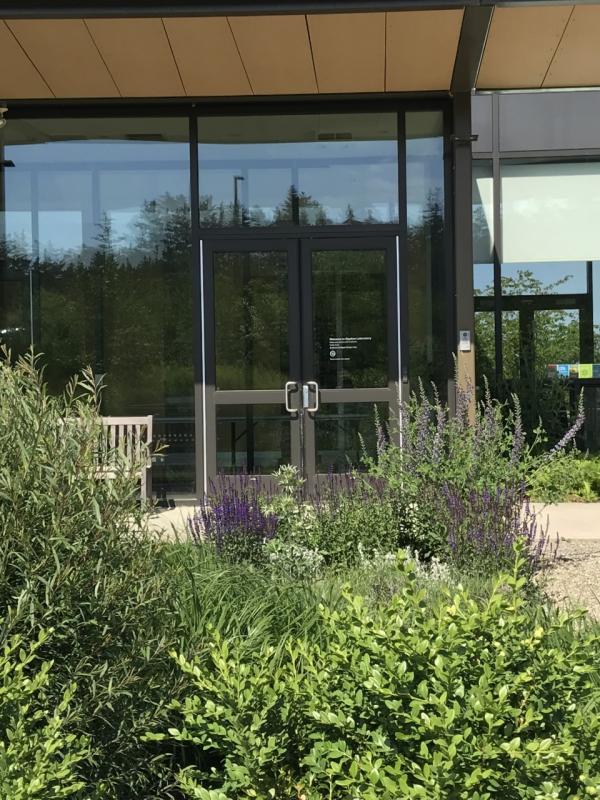 Side entrance to Bigelow Laboratory. KELLIE BIGOS/Boothbay Register
Side entrance to Bigelow Laboratory. KELLIE BIGOS/Boothbay Register
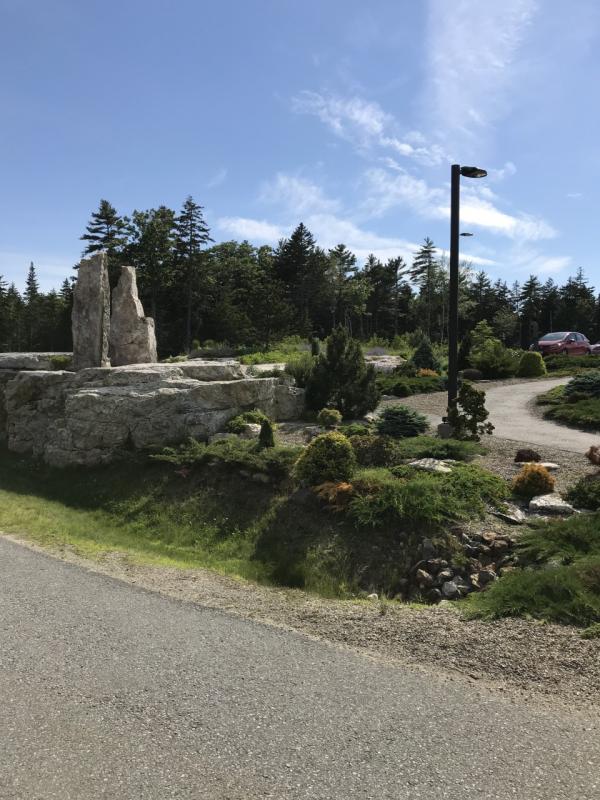 Foot path to Bigelow Laboratory from the parking lot. KELLIE BIGOS/Boothbay Register
Foot path to Bigelow Laboratory from the parking lot. KELLIE BIGOS/Boothbay Register
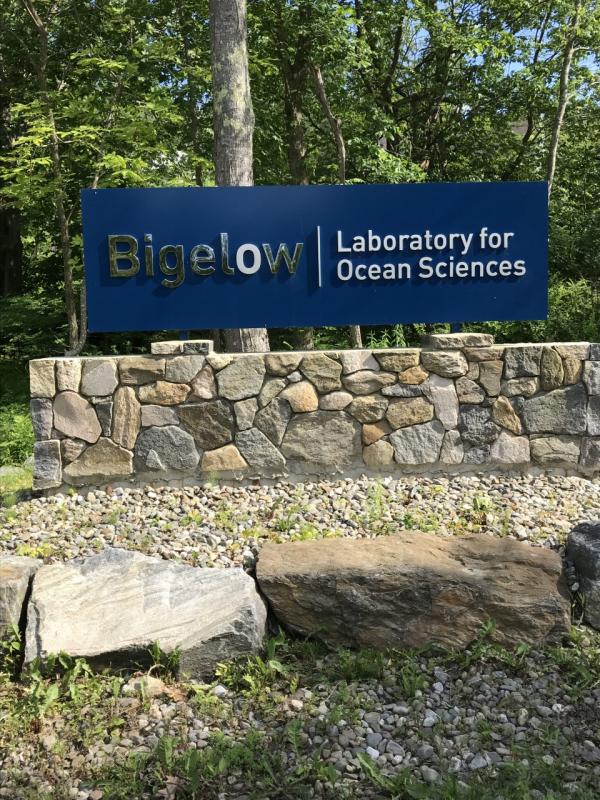 Bigelow Laboratory. KELLIE BIGOS/Boothbay Register
Bigelow Laboratory. KELLIE BIGOS/Boothbay Register
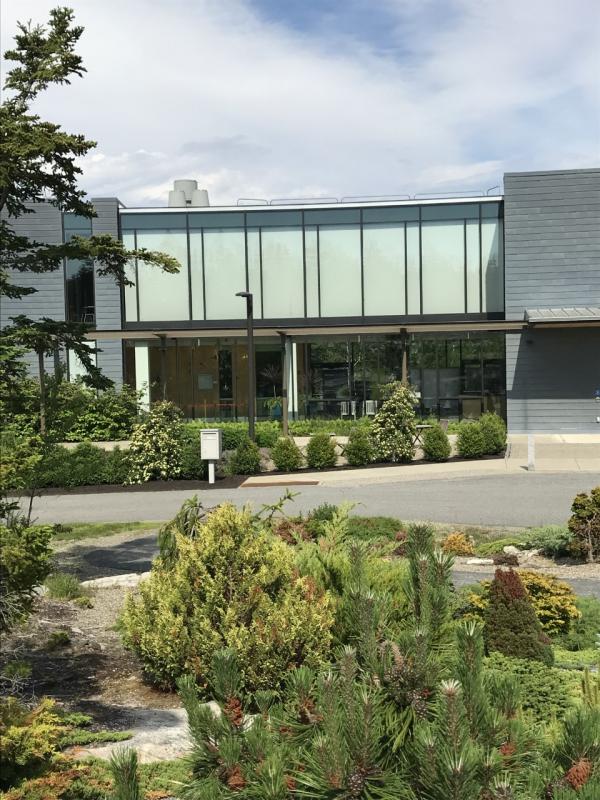 Bigelow Laboratory from the parking lot. KELLIE BIGOS/Boothbay Register
Bigelow Laboratory from the parking lot. KELLIE BIGOS/Boothbay Register
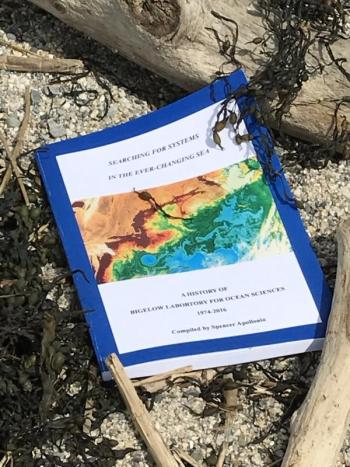 "Searching for Systems in the Ever-Changing Sea, A History of Bigelow Laboratory for Ocean Sciences," compiled by Spencer Apollonio.
"Searching for Systems in the Ever-Changing Sea, A History of Bigelow Laboratory for Ocean Sciences," compiled by Spencer Apollonio.
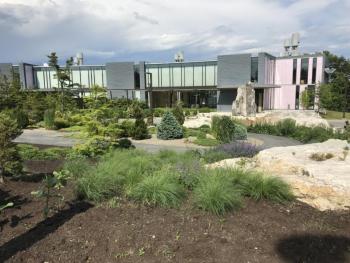 Bigelow Laboratory for Ocean Sciences in East Boothbay. KELLIE BIGOS/Boothbay Register
Bigelow Laboratory for Ocean Sciences in East Boothbay. KELLIE BIGOS/Boothbay Register
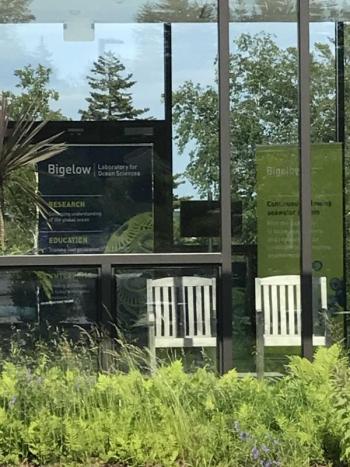 Main entrance to Bigelow Laboratory. KELLIE BIGOS/Boothbay Register
Main entrance to Bigelow Laboratory. KELLIE BIGOS/Boothbay Register
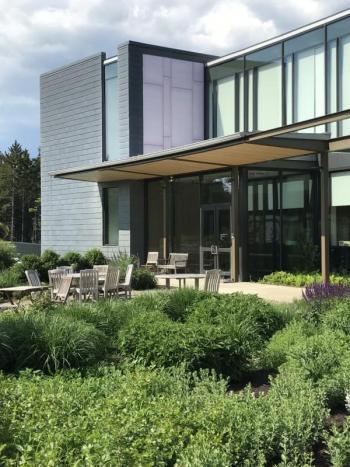 Bigelow Laboratory's north wing. KELLIE BIGOS/Boothbay Register
Bigelow Laboratory's north wing. KELLIE BIGOS/Boothbay Register
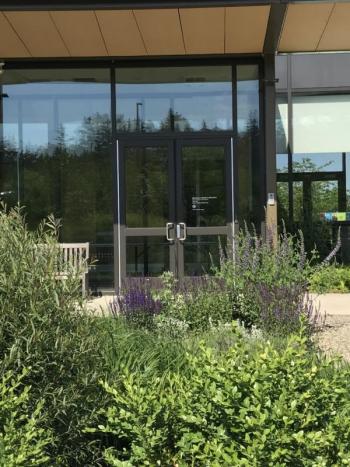 Side entrance to Bigelow Laboratory. KELLIE BIGOS/Boothbay Register
Side entrance to Bigelow Laboratory. KELLIE BIGOS/Boothbay Register
 Foot path to Bigelow Laboratory from the parking lot. KELLIE BIGOS/Boothbay Register
Foot path to Bigelow Laboratory from the parking lot. KELLIE BIGOS/Boothbay Register
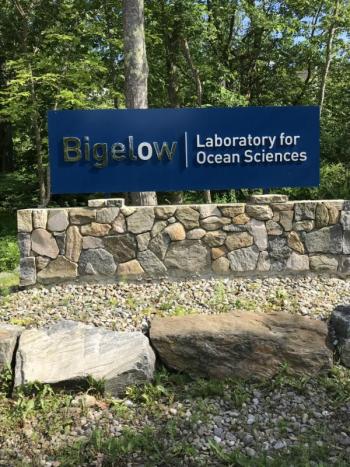 Bigelow Laboratory. KELLIE BIGOS/Boothbay Register
Bigelow Laboratory. KELLIE BIGOS/Boothbay Register
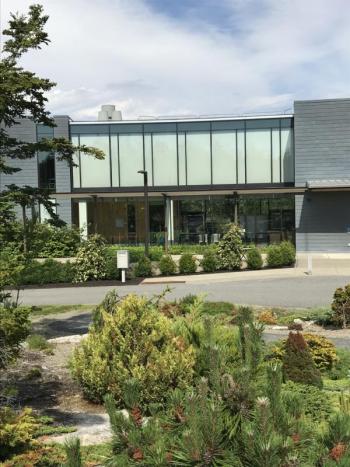 Bigelow Laboratory from the parking lot. KELLIE BIGOS/Boothbay Register
Bigelow Laboratory from the parking lot. KELLIE BIGOS/Boothbay Register
Scientific data states that oceans cover 70% of the surface of the planet and because of their depths provide 97% of the space on Earth for living organisms. To date, less than five percent of that space has been explored.
According to Apollonio’s compilation, "Searching for Systems in the Ever-Changing Sea, a History of Bigelow Laboratory for Ocean Sciences,” Henry Bryant Bigelow, then a recent graduate of Harvard, conducted the first pioneering exploration of the Gulf of Maine in 1912 due to his curiosity about the nature of the ocean and “wonder of the unknown." Bigelow’s work was based on the philosophy to study the sea as a unit, not simply to collect facts. As Bigelow wrote, “to fit the facts together ... in a way that would lift the veil that ... obscured ... understanding of the marvelously complex cycles of events that take place within the sea.” With this philosophy, Bigelow significantly changed the direction of oceanographic research.
In 1929, as secretary of the Committee on Oceanography of the National Academy of Sciences, Bigelow wrote a report that led to the founding of the Woods Hole Oceanographic Institute (WHOI) the following year, and became its first director, serving until 1939.
Charlie Yentsch, a young oceanographer at WHOI, was tremendously influenced by Bigelow's work. After a decade at WHOI, the independent and innovative oceanographer later seized the opportunity to use the facility of the National Marine Fisheries Laboratory at McKown Point in West Boothbay Harbor when it closed, to found Bigelow Laboratory for Ocean Sciences in 1974 with his wife Clarice. It is named in honor of Henry Bryant Bigelow.
Apollonio explains, Yentsch’s founding vision was to bring together a group of like-minded researchers, with a diversity of viewpoints, to work collaboratively to find, understand and relate the facts.
What are the critical interactions between micro-organisms of the sea and their environment?
As Apollonio points out, "...science does not advance in a linear fashion. Hopefully it progresses in the intended direction, but may find itself in blind alleys or dead ends or suffer reversals from mistaken hypotheses or premises. That is the nature and unavoidable consequences of basic research that tries to identify, explore and understand the unknown"
The new laboratory had challenges.
In the first year, its research vessel, Gulf Stream, left on a short cruise in the Gulf of Maine and never returned. One crew member's body and one life ring were recovered. No clues were found. The loss of five people, including Bill Richardson, a colleague and close friend of Yentsch, staggered Bigelow Laboratory.
However, by the third year funding exceeded $1 million, a five-fold increase from the first year. The small laboratory seemingly hidden away on a remote peninsula of the coast of Maine was attracting scientists from around the world.
Yentsch developed a more efficient method of identifying microscopic plants in the ocean and evaluating the amount of photosynthesis to determine ocean productivity by observing color from the air: Ocean Optics. With like-minded colleagues, Yentsch approached the National Aeronautics and Space Administration (NASA) with the idea that a multi-spectral sensor on board a satellite could measure the blue and green colors to determine the amount of chlorophyll in the water. Researchers at Bigelow Laboratory were then able to examine the smallest cells passing over scales with a “flow cytometry” to images of ocean basins observed from space.
As early as 1982, the need to expand became evident. The staff had grown from 12 to 87. When the possibility of moving to donated land on Southport Island did not pan out, the laboratory bought a property in East Boothbay in 2005 with funds from the sale of the property on Southport, a grant from NOAA and private donations. A later grant from Maine Technology Asset Fund followed by a grant from National Science Foundation plus an award from the National Institute for Standards and Technology, a bank loan and private funds made it possible to build the new facility in East Boothbay. It opened in the fall of 2012.
Apollonio states with this review he hopes to suggest the diversity and range of Bigelow Laboratory’s research and to include work that is innovative or unique, of a character that reflects the spirit of the laboratory.
"Mystery creates wonder and wonder is the basis of man's desire to understand." - Neil Armstrong
"Searching for Systems in the Ever-Changing Sea, A History of Bigelow Laboratory for Ocean Sciences," is available to buy from Lincoln County Publishing Company by mail at P.O. Box 520, Newcastle, ME 04553. Books may also be bought at LCPC, 116 Mills Road, Newcastle. Apollonio was Commissioner of Marine Resources from 1972 to 1976 and 1978 to 1986.
Event Date
Address
United States

